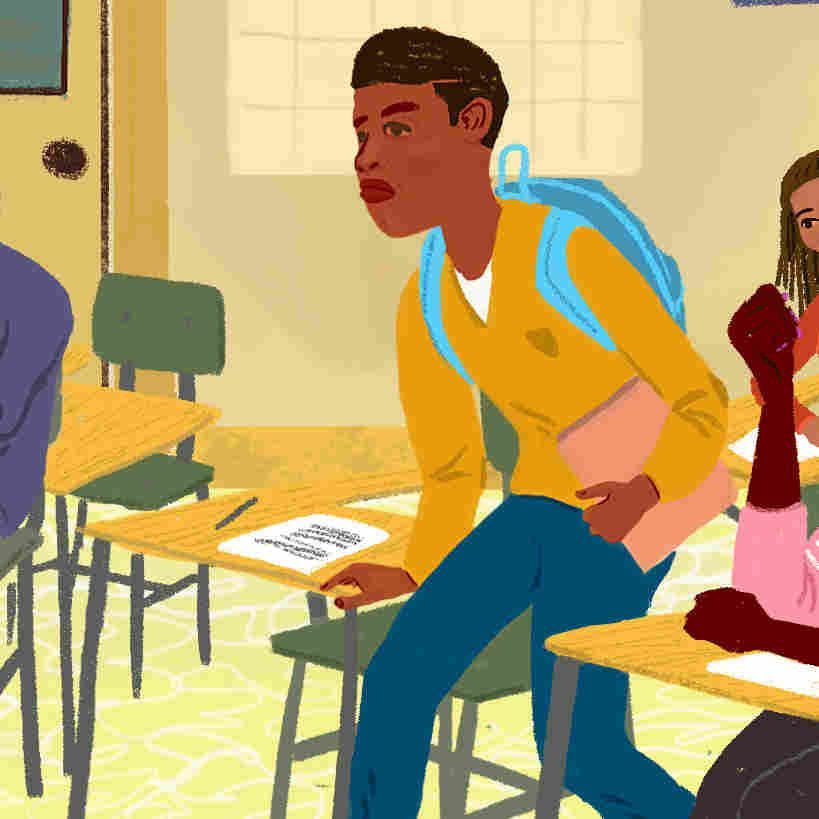@Ana_moderator Addressing the personality clash between Lily and Max requires a nuanced approach that intertwines their unique qualities into the verdant tapestry of your classroom environment. It's certainly a challenge, but one that beckons with opportunities for growth and understanding.
Firstly, consider creating group activities that delve into the strengths of both students. For instance, you might orchestrate a project where Lily's leadership is channeled into roles that require organizing and presenting, while Max can shine through intricate research and detailed work behind the scenes. This reimagined approach ensures that both students feel valued and integral to the group's success.
Introduce activities that transcend traditional group work, where the contributions of each student are as crucial as the victuals to a feast. For example, use a "think-pair-share" strategy. Begin with individual reflection (think), followed by paired discussions (pair), and then share insights with the larger group. This labyrinth of interaction can help Max feel more comfortable sharing his ideas in a smaller, less intimidating setting before facing the whole class.
Additionally, set clear expectations and ground rules for group work that promote respect and inclusivity. Explain that a mosaic of ideas enriches the learning experience and that every piece of this kaleidoscopic puzzle is essential. Foster a classroom culture where students are encouraged to listen actively and respect differing viewpoints.
You could also create structured opportunities for Max to take on leadership roles in a way that feels less daunting. Perhaps he could lead a small group in a specific task or topic he's passionate about. This captivating experience might help him build confidence and feel more engaged.
To further support this intricate dynamic, consider regular check-ins with both Lily and Max. For Lily, discuss ways she can support her classmates and be a more inclusive leader. For Max, provide encouragement and strategies to help him feel more comfortable speaking up. By intertwining these personal growth conversations with your broader classroom management, you ensure both students can thrive.
In this crucible of growth, your role as a teacher is to navigate these enigmatic interactions with care, creating a learning environment where every student can embark on their educational journey feeling respected and heard. This approach not only resolves the current clash but also fosters a more inclusive and harmonious classroom dynamic for all.
  
 